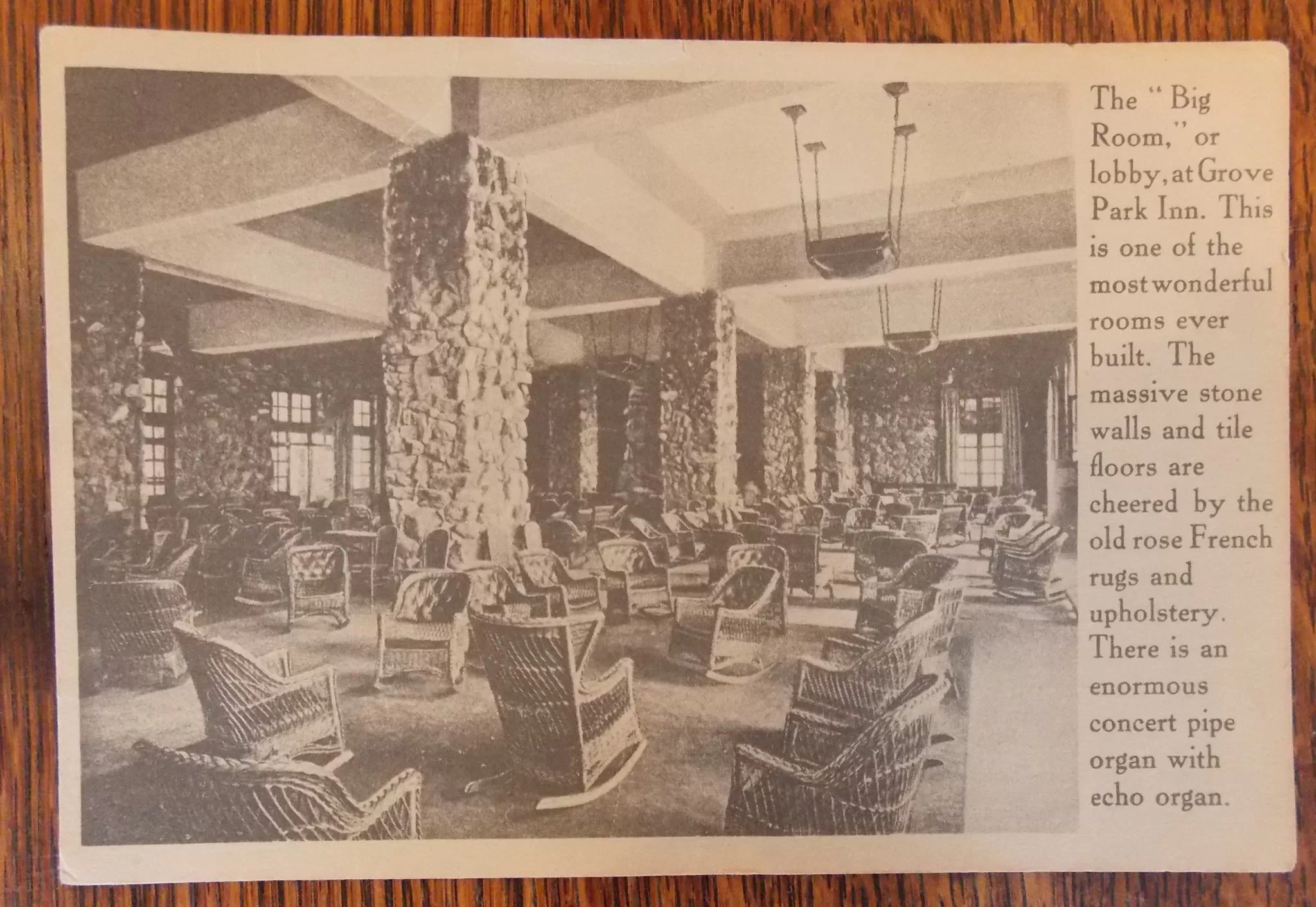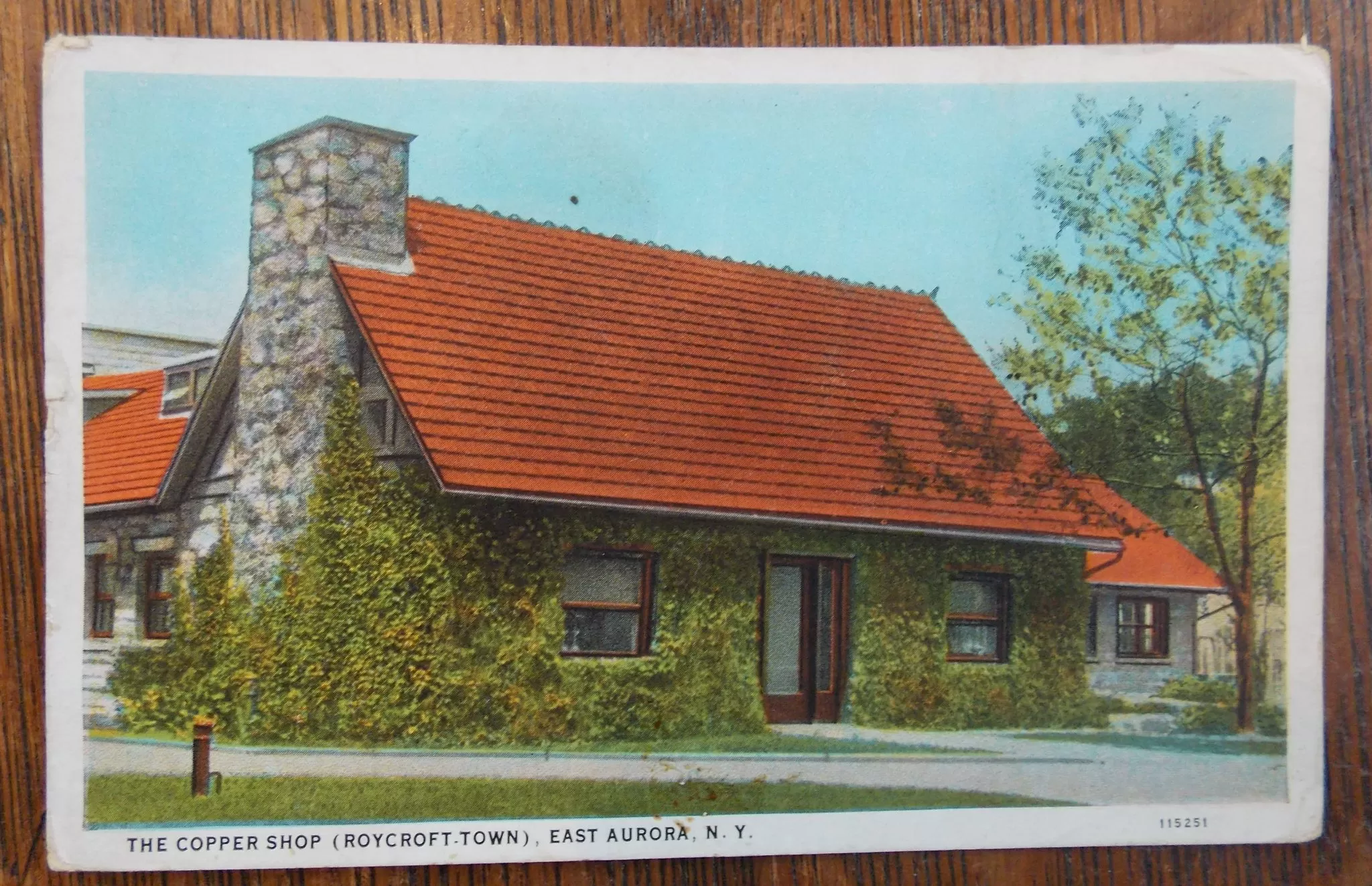Collecting Postcards: Part Two
One of the most exciting aspects of postcard collecting is finding what are called “real photo” postcards. They look like old black and white photographs because that is what they are: real photos. Instead of being printed on a press, these postcards were developed by local photographers directly onto an official postcard back for mailing. Their customers could them mail their friends and relatives pictures of anything from their family’s Christmas portrait to their new house to a recent baby or even that of a deceased member displayed in a casket!

Telling the difference between a lithographed postcard and a real photo postcard is easy: Just look for the dots. Under a magnifying glass, a lithographed postcard will appear as a series of tiny dots. A real photo will have solid areas of ink.
This is important simply because real photo postcards were printed in small quantities, and their rarity makes them more valuable than mass-produced postcards.
In last week’s column I discussed various categories collectors use to determine the condition of a card. In most cases, a card which has been written on is degraded by advanced collectors, but many other collectors enjoy finding these personal notes that serve as reminders of the human nature of postcards.

On the back of this picture of the Great Hall inside the 1913 Grove Park Inn, site of the annual National Arts and Crafts Conference each February, someone had written:
“Dear Lydia – In seeing this room can you imagine the beautiful sight when all chairs and rugs are removed the night of the ball, people dancing, swinging, promenading around those large stone pillars. Surely a wonderful sight to see.”
Another wrote:
“Went thru Grove Park Inn Monday before leaving & have decided to spend my honeymoon there!”
Writing can also serve as an historical record, as in the case of the real photo postcard of the first L. & J. G. Stickley furniture factory (see above) onto which someone had written “Aug. 21, ’04.”

Regardless what type or style of postcards you collect, storing them in such a way that you can enjoy them without causing any damage is critical. Fortunately, hobby store have clear archival sleeves for three-ring notebooks that are designed specifically for postcards. Unlike traditional scrapbooks, these clear sleeves enable you to see and read both sides of the postcard without removing it.
In a similar manner, craft stores also have acrylic picture frames that reveal both the front and the back of the postcard or photograph. Do take care not to hang your postcards on a wall which receives direct sunlight, as this will cause the image to fade over time.
– Bruce Johnson
